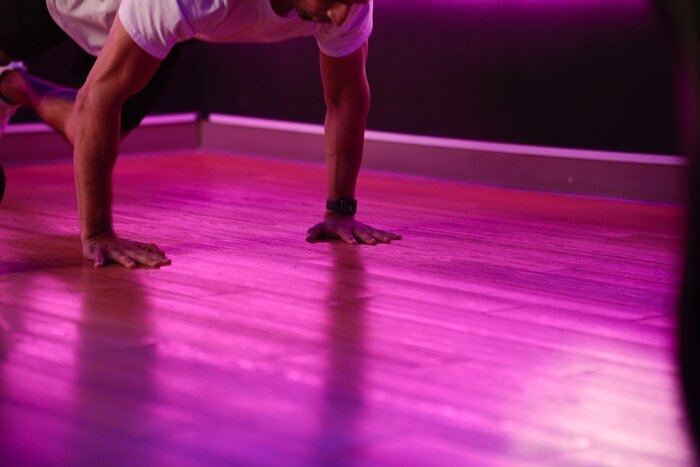What are the benefits of using a training plan?
Creates consistency
Irrespective of whether it's a simple workout or a half-marathon training plan, it helps you stay consistent. If you only exercise from time to time or when you’re in the mood, you won’t achieve your fitness goals. If you have a training schedule all planned, it’s more difficult to find excuses for skipping the gym. And the more consistent you are, the better your performance will be.
Prevents under or overtraining
If you want to improve your muscle strength, you must ensure that you do enough exercise while avoiding overtraining. Having a training plan helps you do two things:
- Plan out when you’ll work on each muscle group
- Keep track of the weights you can lift and the number of reps you can do
Both of these will aid you in progressing faster.
You can track your progress
We’ve mentioned it briefly above, a well-structured fitness plan not only allows you to maintain a routine but also to track your progress. Without proper tracking, it will take you longer to reach your fitness goals. Bear in mind that it’s not only about how heavy you lift or how fast you run but also about noticing a strength plateau and understanding what causes it. Here is what you can record:
- The number of training sessions per week
- Types of exercise you do
- Number of reps and sets performed
- Weights you use for each set, etc.
You can hit all your fitness goals
When it comes to fitness, a lot of people have more than one goal in mind – it can be increasing strength and flexibility or boosting endurance. With a training plan, you can come up with a workout routine, i.e., pick the right type of exercise that enables you to hit all your goals.
Saves time while boosting flexibility
Not many of us have the privilege of having unlimited time at the gym. Usually, we spend anywhere between 1-2 hours working out. So, to make sure we use this time as efficiently as possible, we need a fitness plan. Otherwise, we might end up walking around the gym without purpose.
If you know you only have 60 minutes available, you can plan your workout accordingly. For example, spend 10 minutes warming up on a treadmill, 40 minutes on strength training, and leave yourself some time for stretching. It also can help you pick the best time to get to the gym, i.e., when there are fewer people, so you can finish your training within an hour.
Prevents burnout
If you work out but you can’t see any progress, you might lose motivation and get burnout – and that’s understandable. The same goes for lack of variety in your workouts – if you keep doing the same routine over and over again, you’ll get bored. With a fitness plan, you can plan your exercise for best results, avoid overtraining, and change your exercise routine every few weeks to keep it interesting.





